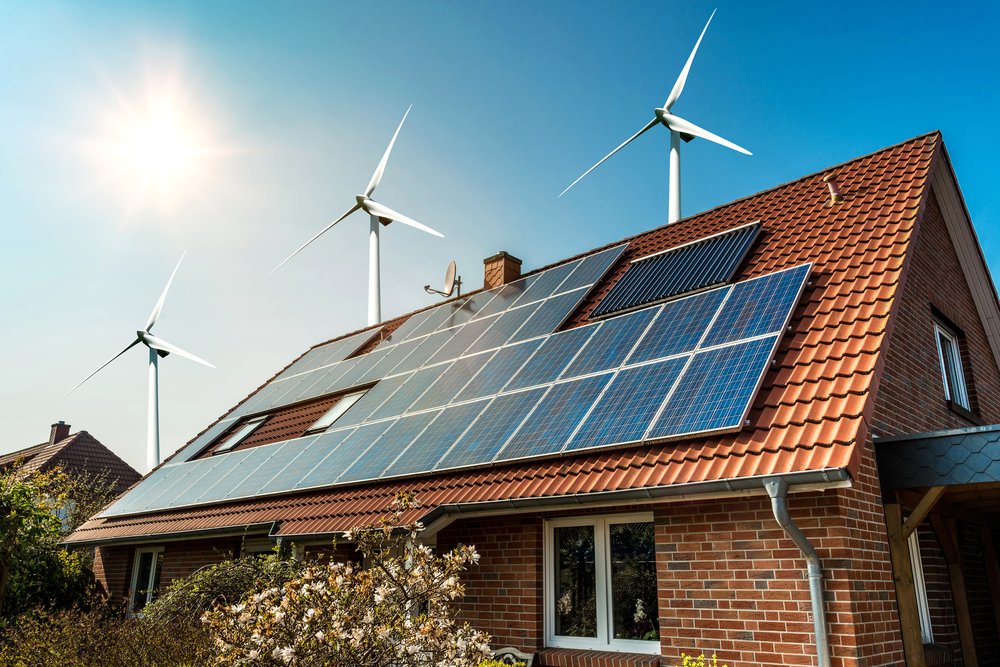Home and business owners often wonder, where is the best place to locate a solar energy systems? Solar installers place solar panels on pitched roofs, flat roofs, solar carports, and ground mounts. The best location typically depends on the property itself.
Rooftop solar energy systems
When possible, installing solar panels on roofs is a great idea. It is space-efficient and often cost-effective. Usually, it takes less time to install a solar system on a roof because it uses an existing structure. The solar panels are commonly installed parallel to the surface for pitched roofs, with a gap between the roof and the modules to allow for airflow.
Therefore, if the roof has a steep pitch, the solar panels will generate more electricity in the winter when the sun is lower in the sky. A gently-sloped roof will produce more power in the summer when the sun is higher in the sky.
For flat roofs, the solar panels are typically installed on a racking system that angles them towards the sun. If the panels are mounted flat on a flat roof, they will produce less solar electricity when the sun is lower in the sky during the winter months. Keep in mind the garages, sheds, or even barns are often a prime location for mounting solar panels, especially if the house roof is not ideal.
Unfortunately, a roof isn’t always the ideal place to mount the PV modules. In some cases, roofs are shaded or have the wrong orientation. Occasionally, it is possible to trim a tree branch or two to greatly improve the solar resource. In addition, it is ideal to angle the solar panels facing south, but some roofs have a peak that runs north-south. Thus, the solar panels need to face east or west on such buildings. Although this is still possible, this will result in less solar energy output.
If the solar panels face east, they will produce more energy in the morning when the sun rises and less in the afternoon when it is in the western sky. The reverse is true of solar panels on west-facing roofs.
Ground mounts solar systems
When there isn’t ample space on a roof or it doesn’t have a good solar resource, ground-mounts are often a good option. This allows the solar system to be located in another spot on the property other than an existing rooftop. Ground mounts also allow for solar tracking systems that follow the sun to optimize energy output.
Unfortunately, there are some drawbacks to ground mounts. Typically, the total solar system cost is higher because there are greater installation and hardware costs. Also, the racking system requires ample space, which often isn’t available, especially in urban areas. Despite increasing energy production, solar tracking devices do require maintenance because they have moving parts. Likewise, keeping the vegetation from shading the PV modules is critical.
Determining the best mounting option often involves examining the sunniest locations on the property. If it has a sufficient solar resource, the roof is almost always the best option. If not, a ground mount is worth exploring.











[…] choose to be self-sufficient by using renewable energy sources. For instance, the application of solar energy to heat bathwater and provide electricity is gradually becoming popular. Some localities also use […]
[…] installing a rooftop solar array, consider the age and condition of the roof. If it is nearing the end of its lifespan or shows […]
Comments are closed.